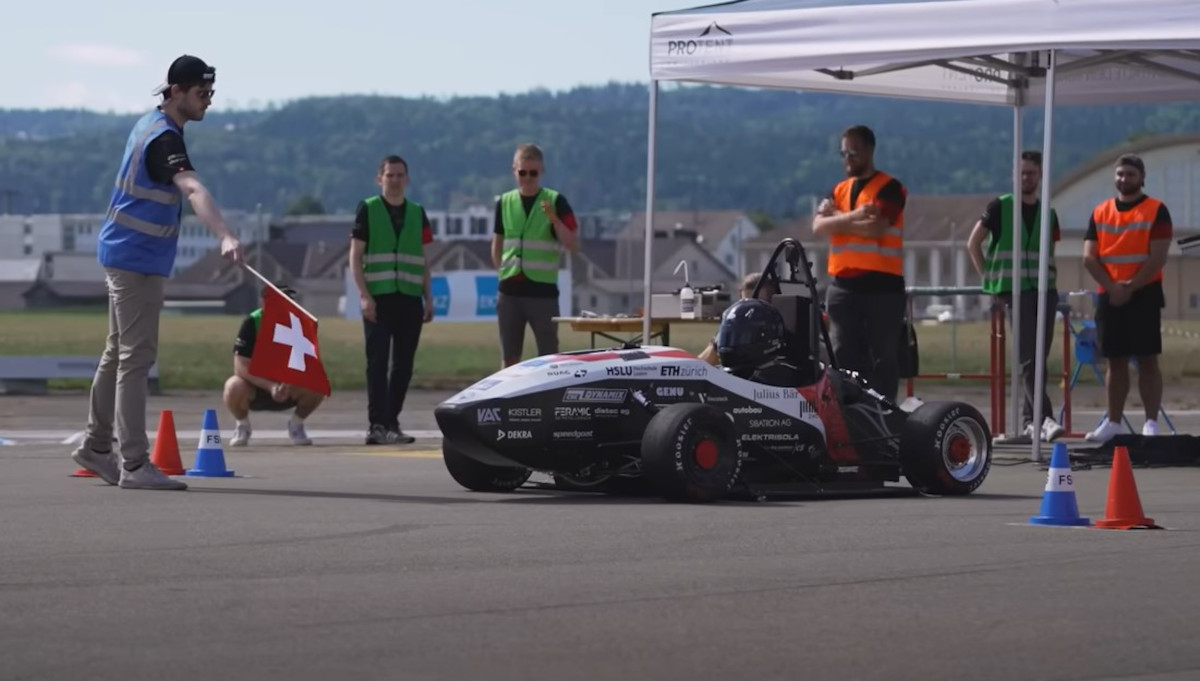A team of students from ETH Zurich and Lucerne University of Applied Sciences in Switzerland have set a new world record for the fastest acceleration from 0 to 100 km/h in an electric vehicle (EV). Their hand-built electric race car called the Mythen, rocketed from 0-100 km/h (62.15 mph) in just 0.956 seconds.
The previous record was held by a team called Foerderverein GreenTeam Uni Stuttgart e.V, which designed an EV that reached 100 km/h (62 mph) from a standstill in 1.461 seconds on September 23, 2022.
That’s an impressive achievement! Reaching 0-100 km/h in under 1 second is a testament to both engineering and innovation.
Let’s break down some of the key elements contributed to this success:
1. Weight: At just 140 kg (or 309 pounds), the EV’s lightweight structure played a crucial role in achieving such rapid acceleration. The reduced mass means the motors need to move less weight, allowing for quicker acceleration.
2. Material: The use of carbon fibre and aluminium honeycomb in its structure not only reduced the weight but also likely provided the vehicle with exceptional strength and rigidity. This combination of materials is commonly used in high-performance applications due to its weight-to-strength ratio.
3. Power: With a combined output of 322 BHP from four hub-mounted electric motors, the power-to-weight ratio of this EV is incredibly high. To put it into context, that’s a power output equivalent to some high-performance cars, but with a fraction of the weight.
Downforce
4. Traction: One of the biggest challenges in acceleration, especially in such a lightweight car, is maintaining traction. The rear wing would provide downforce, while the unique “vacuum cleaner” mechanism would quite literally suck the car to the ground, preventing wheel spin and increasing traction. This is a novel approach and could be an interesting area for further exploration in race cars or other high-performance vehicles.
5. Driver Experience: Accelerating at nearly 3 Gs is a physically intense experience. For reference, astronauts experience around 3 Gs during a space shuttle launch. This means that the driver’s body felt nearly three times its normal weight during the acceleration. Proper safety measures and training would be crucial.
Conclusion
It’s great to see students pushing the boundaries of what’s possible in the world of EVs. Such records, while they might not directly translate to everyday vehicles, often lead to innovations and technologies that can benefit the automotive industry as a whole. The competition between countries and universities is also a good sign, as it promotes healthy rivalry and drives further advancements in the field.































